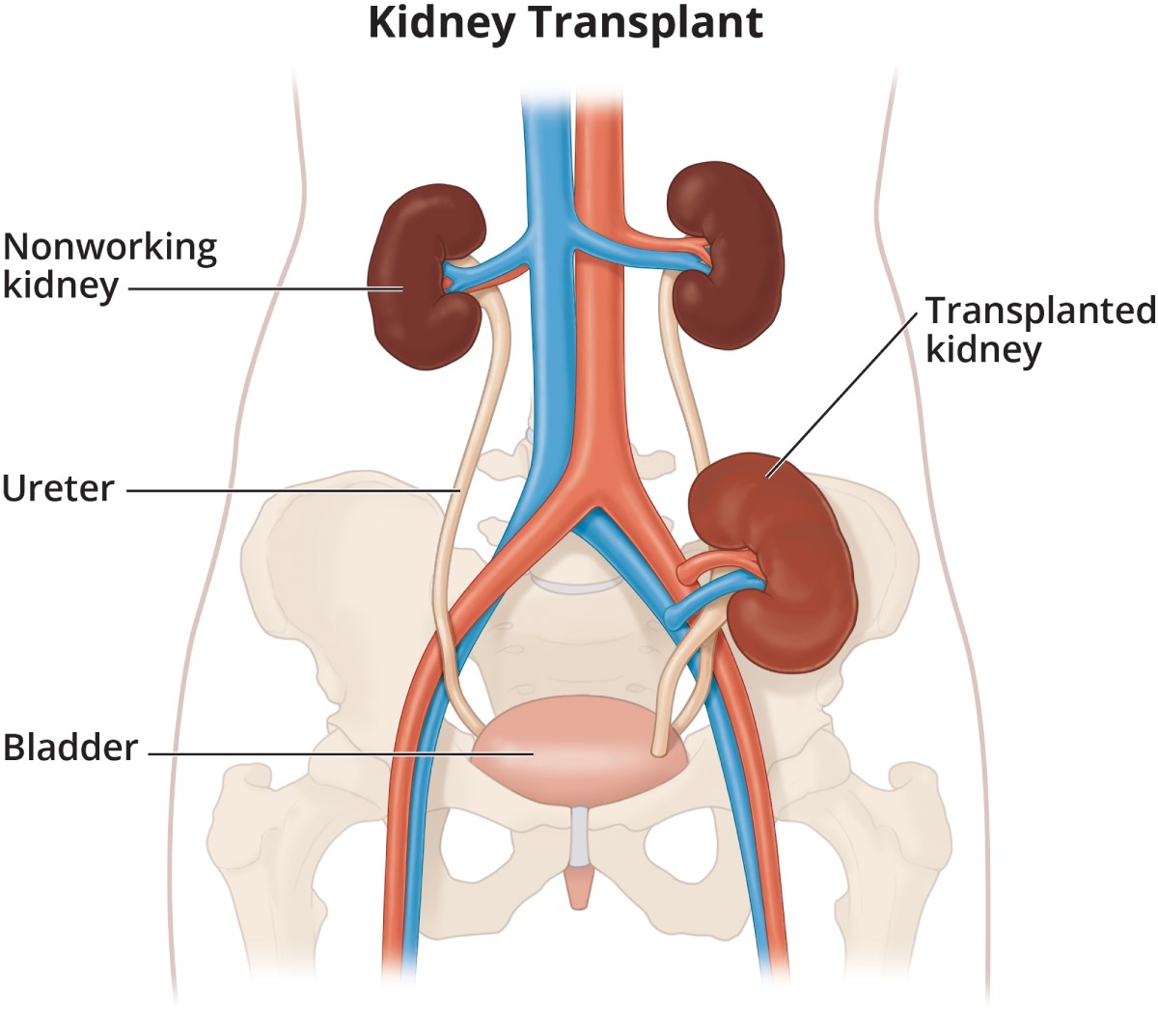When your kidneys fail, treatment is needed to replace the work your own kidneys can no longer do. There are two types of treatment for kidney failure: dialysis or transplant.
With a kidney transplant, a healthy kidney is placed inside the body to do the work kidneys can no longer do. On average, a kidney transplant from a living donor lasts about 15 to 20 years, and a kidney from a deceased donor lasts 8 to 12 years. Some will last longer; others will last less.

Today, most people get a kidney transplant after being on dialysis for some amount of time, but that is not the only option. Getting a transplant before you need to start dialysis is called a preemptive transplant. Research shows that a preemptive or early transplant, with little or no time spent on dialysis, can lead to better long-term health. It may also allow you to keep working and have a better quality of life.
Deceased Donor
A deceased donor kidney comes from someone has died and made the decision to become an organ donor.
Living Donor
A kidney from a living donor is from someone who is living, has two healthy kidneys, and chooses to donate one to someone in need. A living donor can be someone you know, like a family member or friend, but they do not need to be related.
Living Donor
In most cases, a potential living donor can be evaluated at the same time as the recipient, who is the person with kidney disease who needs a kidney.